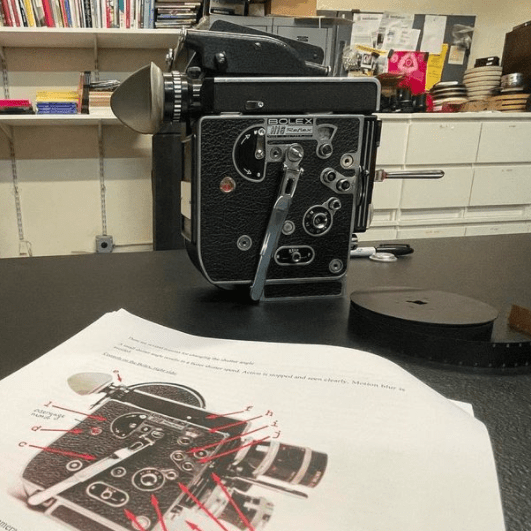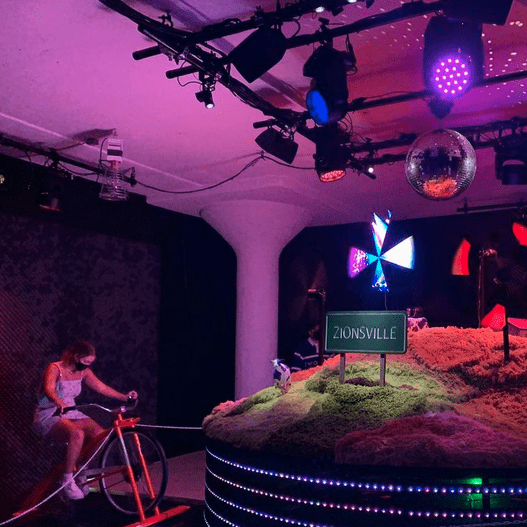Imagine the Brooklyn Bridge, towering over the East River with the cityscape of Manhattan casting its long shadow over the water. It’s a shot you’ve undoubtedly seen on dozens of television shows and in films set in the Big Apple. But for members of this fall’s New York City Study Group, there was the opportunity to see the iconic shot through a different lens — that of a 16mm Bolex camera.
“Most of them have never worked with analog media,” says Mary Simonson, associate professor of film and media studies and women’s studies. “But it was inspiring to see them support each other as they figured out what sort of visual stories they wanted to tell.”
While watching her students shoot their City Symphony series in Brooklyn Bridge Park was a sight to behold, it was not one Simonson necessarily saw coming. She started out as a piano performance major at Rutgers University, then shifted her undergraduate focus to music history with a double major in women’s studies. Today, she is the Daniel C. Benton ’80 Endowed Chair in Arts, Creativity, and Innovation.


